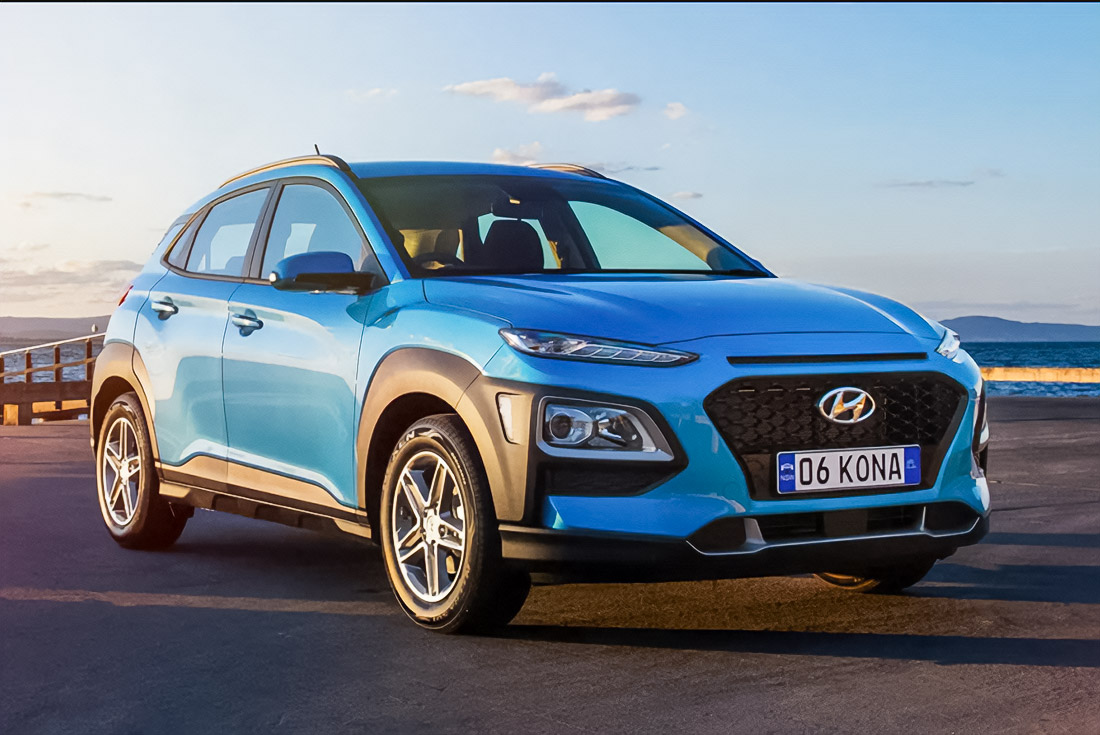Four-wheel drive (SUV) car rentals in Perth are experiencing rapid growth. The Right to Drive program allows people who are left without a car after an accident to temporarily rent a replacement. According to local agencies, SUVs account for about 40% of all rents under this initiative. Its popularity is explained by its convenience, spaciousness and the ability to move over rough terrain. Models like the Renault Koleos, Suzuki S-Cross have become a universal solution for both families and individual drivers.
Strong Position of Sedans and Utility Vehicles

Sedans also hold a strong position they account for about 35% of all rents. They are chosen because of their fuel efficiency, ease of operation, and familiar format. An important role is also played by the fact that in conditions of urban travel and short distances, a sedan car rental remains a practical option, especially if it is necessary to replace personal transport.
Utes (utility pickups) such as the Ford Ranger and Toyota Hilux occupy 15% of the rental market under the Right to Drive program. These vehicles are especially in demand among tradespeople, that is, workers who need to transport equipment and materials. With the rising cost of maintaining your own car, renting a utes has become a reasonable alternative that allows you not to interrupt your work processes.
Demand for Luxury Cars

Interestingly, luxury cars, Mercedes-Benz C-Class, BMW 3 Series and others occupy about 5% of all rents. These are cars for those who are used to a certain level of comfort. Some insurances allow you to choose a car of a similar class, which makes renting a premium segment justified even for a short period of time.
Market Size and Growth Projections

The Australian car rental market reached AUD 1.49 billion in 2024, and AUD 3.4 billion, including leasing. The market is expected to grow to AUD 7.37 billion by 2034, with an average annual growth rate of about 3.1%. There are more than 1,629 rental agencies in the country, and the total fleet of cars is over 90,000 units.
Online Booking Trends
Online booking is becoming the main model of interaction: it saves time, offers flexibility, gives you access to discounts and allows you to compare offers. According to statistics, airport rentals are more expensive due to “premium” fees, although they remain in demand due to convenience. To save money, Australians are increasingly renting cars in the city center and returning them at the airport; many companies do not charge extra for this.
Shift Toward Electric and Hybrid Vehicles
Australians are increasingly choosing hybrids and electric vehicles. This is influenced not only by environmental motives, but also by economic calculations. For example, the Tesla Model Y occupies 40% of all rents from the Evee platform, which provides electric cars. As part of the ARENA state program, the country will have 3,100 electric vehicles and 256 charging stations by 2027. There are now more than 3,000 charging points across Australia, including the Chargefox and Tesla Supercharger networks.
The infrastructure for such machines is developing fastest in Queensland and Western Australia. These regions are betting on zero emissions: Queensland plans to convert the entire government fleet to electric motors by 2026. And Western Australia has already invested $200 million in electrification of transport.
Demographics and User Trends
The 25-34 age group remains the most active in the rental market, accounting for 28% of all arenas. The reasons are refusal to own a car, economy, flexibility of routes. At the same time, men make up 70% of users, but the proportion of women is growing every year.
The car hire price remains dynamic. The average daily rate for a medium-sized car is AUD 90-120. However, during peak months, renting an SUV can cost AUD 150+ per day. Car rental costs an average of AUD 725 per week. Insurance coverage is paid separately: for example, the waiver of a franchise costs an additional AUD 20-30 per day.
Exploring Remote Routes and 4WD Use
Renting a car also gives you the freedom to travel to hard-to-reach regions. This is especially true for trips on routes like Birdsville Track or Gibb River Road, where you can’t do without a 4WD. Many people rent such cars as part of short-term trips to the countryside. Four-wheel drive vehicles allow you to explore places that cannot be reached by train or bus.
It is thanks to the combination of practicality, flexibility and the ability to adapt to market demands that the rental of four-wheel drive and other categories of cars in Australia continues to gain momentum. This growth is supported not only by consumer preferences, but also by structural changes: from the development of electric vehicles to new rental models and changing attitudes towards vehicle ownership. The prospect is stable growth, sustainability and adaptation to the real needs of drivers across the country.
Baseball fan, hustler, DJ, Bauhaus fan and identity designer. Producing at the crossroads of design and purpose to give life to your brand. I sometimes make random things with friends.

